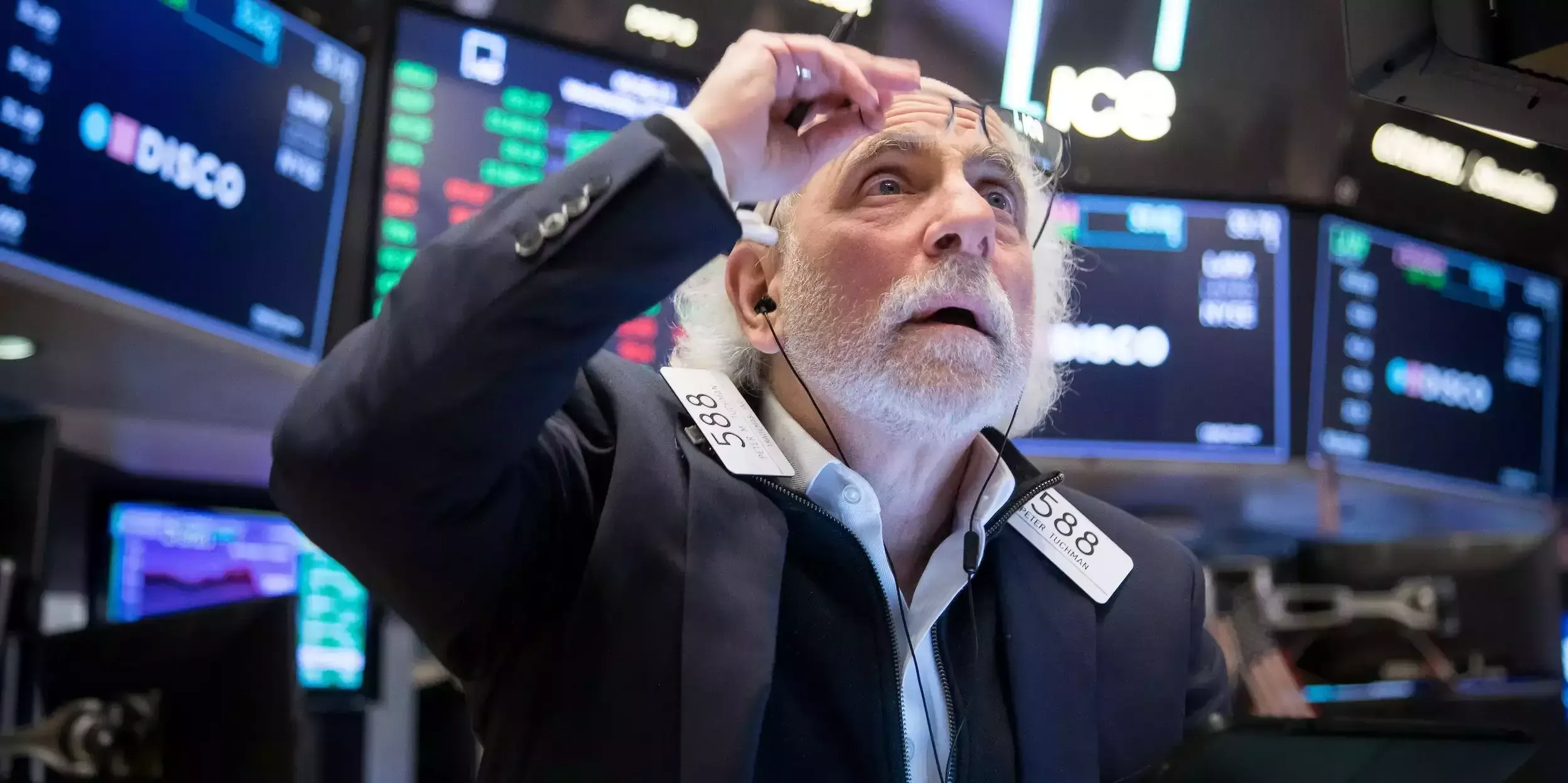In the last year, the stock market suffered from a variety of headwinds, and on paper, most of those headwinds are still present or even worsened since the first quarter of the year. What is the reason behind the rally in the stock market?
Perhaps it has more to do with the way in which investors have positioned themselves in recent months than anything else.
It would be easy for those following headlines alone to conclude that 2022's bear market has only become worse if they are only relying on headlines alone. Furthermore, even though the Federal Reserve is still raising interest rates-making it harder to justify any pauses or pivots-the actual inflation rate is cooling at a snail's pace, making it seem as if the central bank's target of 2% is impossible to achieve.
There has been pressure on consumers and their purchasing power as a result of this. However, despite the strong employment figures, many high-earning workers who have high spending habits have lost their jobs, while low-income workers are seeing more of their paychecks eaten up by rising living costs as a result of higher prices.
There is also the banking crisis, the ongoing war in Ukraine, the increasing hostility between the U.S. and China, as well as the expectation of downbeat earnings, which makes it seem as though there are only more reasons to be pessimistic in 2023 as compared to early 2022.
Although the S&P 500 indexSPX +0.09% has risen nearly 8% since the beginning of the year, the Nasdaq Composite-which contains many of the tech names that took a beating last year-has rose twice as much. Why is this happening?
Tom Essaye, the president of Sevens Report, argues that the answer is all that bad news itself. The lack of a market decline in 2023 is precisely why so many people began the year bearish and now support stocks.
As he points out, "When everyone is bearish, the pain trade is higher," as the market causes the most pain. Despite a decidedly mixed fundamental picture (and mixed is being generous), the pain trade has been higher for all of 2023, and this has helped support stocks.
With that in mind, one can say that 2023 started with a bang, even though many investors were still feeling pessimistic after the drop they experienced in 2022, and the fear only multiplied after the banking crisis, which took place at the end of the year.
In light of the market and economy's surprising resilience, investors are becoming more optimistic, which may indicate that the pain trade will soon reverse.
"In the near term, sentiment matters, and extreme bearish sentiment following the failures of the banking system has pushed stocks higher. In spite of this, sentiment has significantly improved," writes Essaye. We haven't reached the levels I'd consider caution signals just yet, but we aren't very far away from them either."
Additionally, previous losses may suggest that the market has remained strong because it has already taken its medicine.
Lori Calvasina, the head of U.S. Equity Strategy at RBC Capital Markets, argues that the S&P 500 already priced in a recession at the October 2022 lows: At that point, it had fallen some 25% from its January highs, whereas 27% has been the median recessionary drop since the Great Depression. During the summer of 2022, the Russell 2000RUT –0.40% also contracted, suggesting a recession had already been priced in.
Moreover, the stock market has ignored recessions before, in 1945. As the U.S. economy transitioned from wartime to peacetime in the course of that recession, even though it only lasted from February to October, it nevertheless brought about a major change.
The economy was transformed by unprecedented historical events in 1945 and today, requiring a tough transition back to more normal conditions, Calvasina writes. It will be interesting to see if the stock market can survive any recession that may occur in 2023-2024 as the U.S. economy transitions to a post-Covid era. It's important to keep in mind that while this would be rare, it wouldn't be unprecedented."
A lesson investors have learned in recent years is not to discount the unexpected.

Subscribe to our newsletter!
As a leading independent research provider, TradeAlgo keeps you connected from anywhere.








